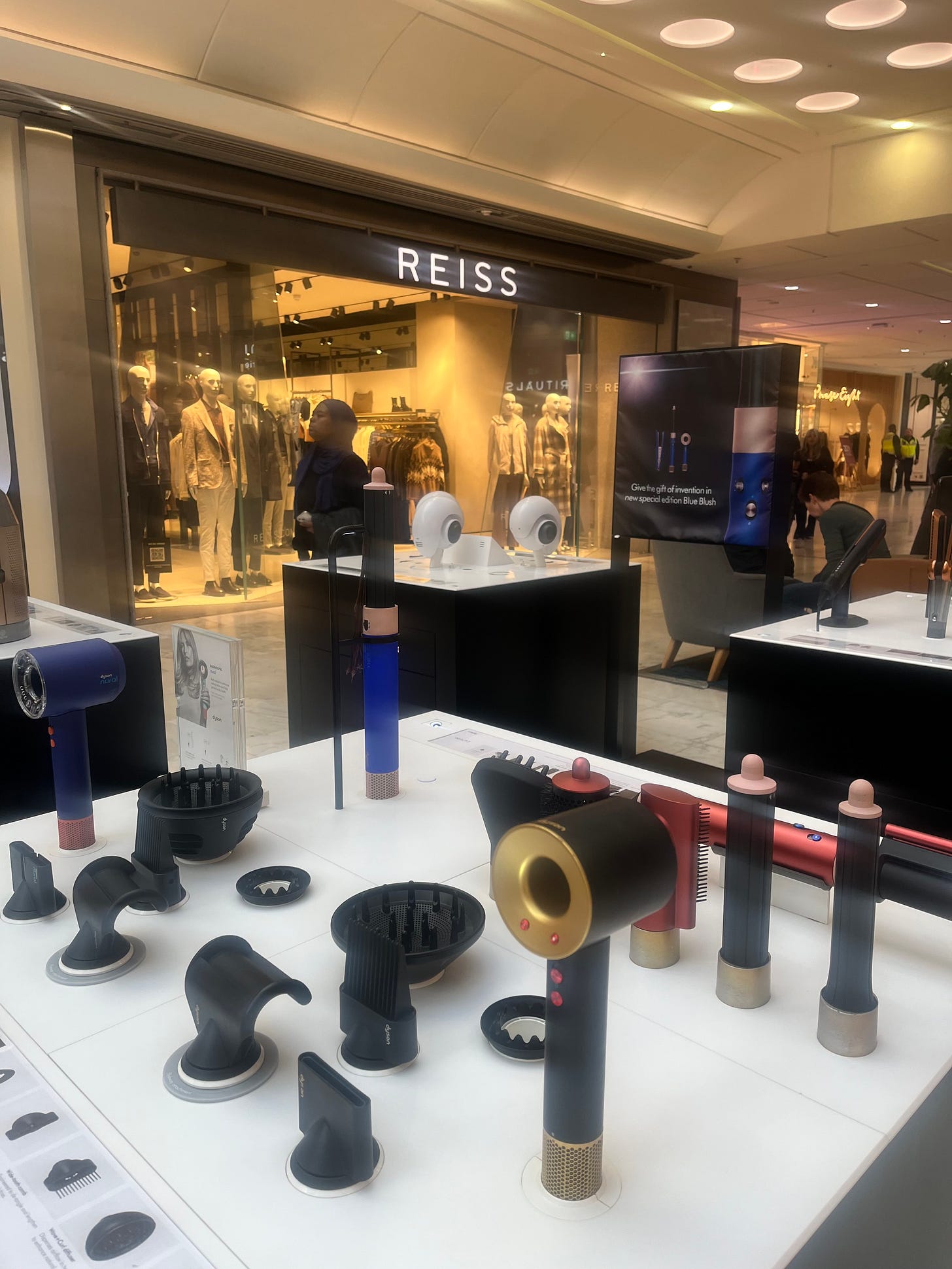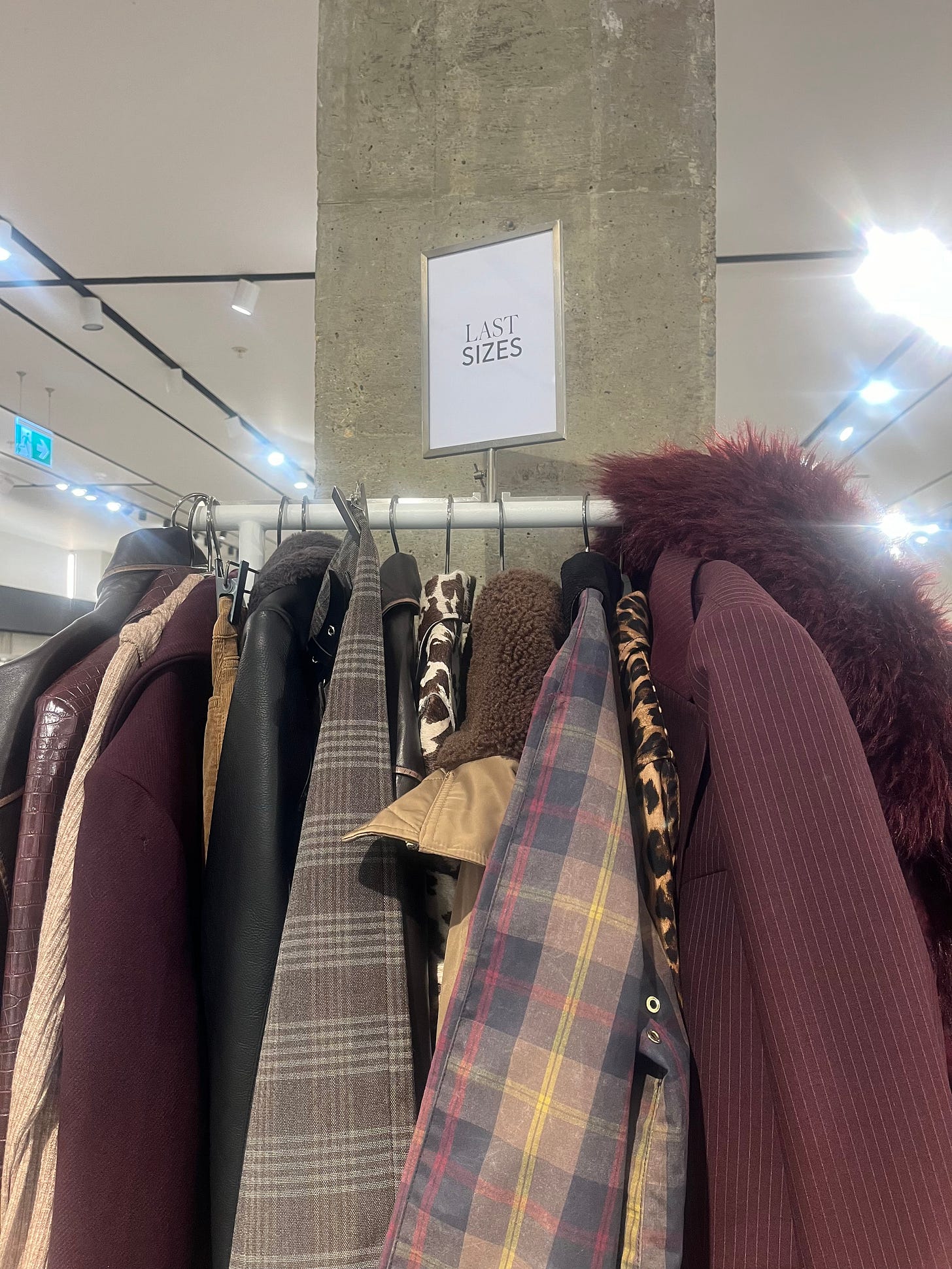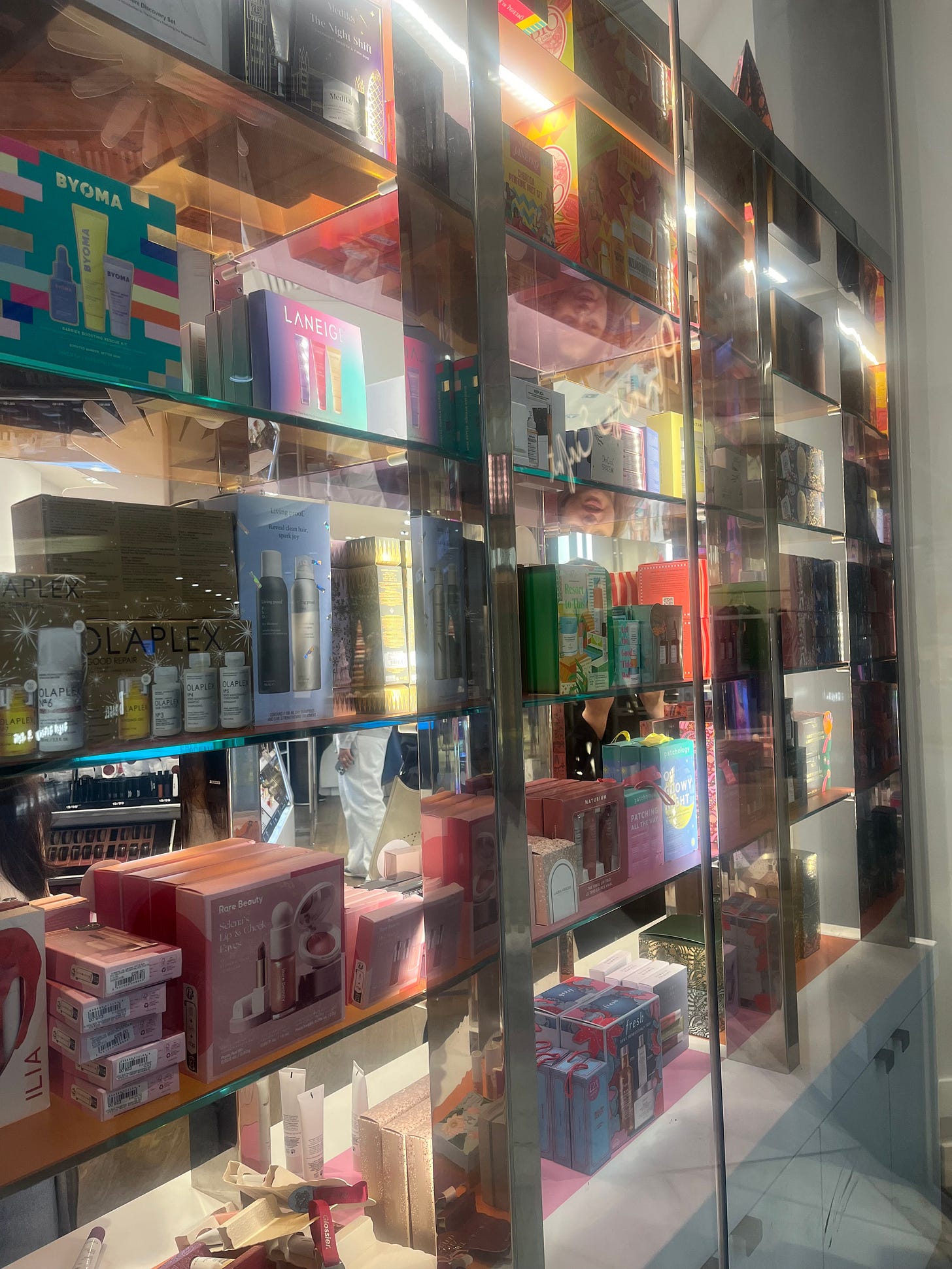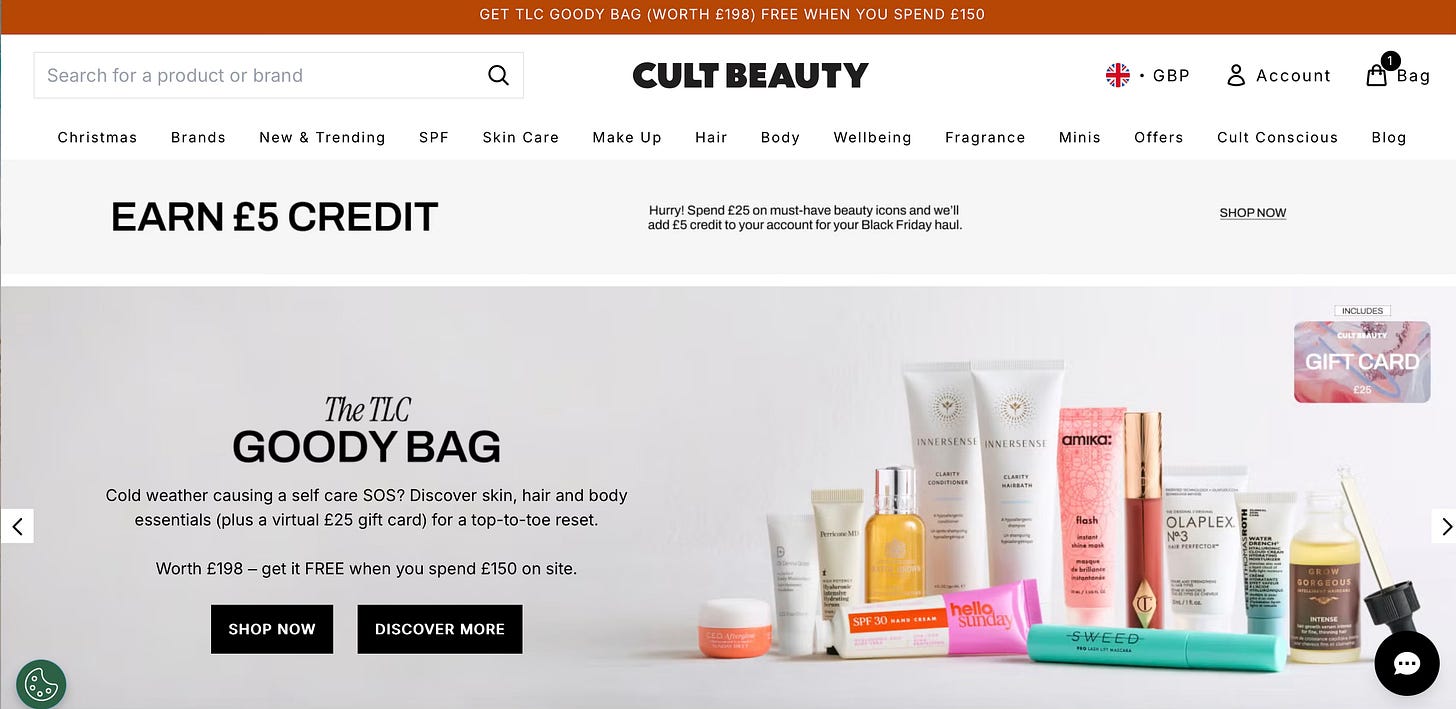Retail Lab: The magic of discovery
Retail is built on discovery. Let's take a deep-dive, and look at some real-life examples of this strategy at work.

As a customer, there is nothing better than the feeling that you’ve found exactly what you were looking for, especially when you didn’t even know you were looking for it.
For retailers and brands, sales are built on discovery; after all the research, testing, and development, it’s where the retail experience finally begins.
Whatever medium a customer uses to shop, the experience of discovering new products is meant to be inspiring and exciting.
In-store discovery was traditionally about visual merchandising (how to optimise layout to encourage browsing and sales), customer service and real-life touch points.
Now with online shopping and social media, retailers are having to rethink how they get customers to discover their products and their mission. It’s harder to stand out, so we’re seeing a lot of innovation in this space making it a truly exciting time to work in the industry or be a shopper.
Why discovery is more important than anything else
Having the perfect product doesn’t matter if customers can’t find it- it’s that simple. When I shop, so much of what I see on discount isn’t there because there’s a problem with it, it’s because it wasn’t “discoverable” by the customers looking for it.
The trick for brands and retailers is getting the right customers to discover them and what they sell, and understand their overall mission. In the age of the scroll, this can’t just be done once; they need regular reminders, and as customers increasingly demand an immersive experience when they shop, selling alone isn’t enough, and retailers and brands have to keep creating what I call “moments that surprise and delight”.
It’s no easy feat.
What does discovery in retail look like?
Some strategies are obvious:
Product placement in-store and online - front-facing products, or those on a model/ mannequin are designed to grab attention
Giving away free samples or gift with purchase (GWP) is a common way for beauty shoppers to discover new brands.
Minis- different from samples, these allow customers to build a product in to their routine for a longer period before committing to a full-size purchase. These are also great for travel.
Demonstrations in shopping centres are the perfect gateway to products discovery. This Dyson pop-up at London’s Brent Cross is always busy with passers-by excited to try their latest hair tool or headphones.
Gifts, advent calendars and bundles are a beauty industry favourite for product discovery. They’re great for brands who might not be noticed without them, perfect for retailers to create a value proposition, and exciting for customers who get to open a box of treats filled with familiar and new products to try.
Multi-brand displays - Anthropologie do this well in fashion, and Space NK and Boots are noteworthy in the beauty space
Collaborations work well for both parties if done right. The recent M&S x Bella Freud collab springs to mind.
Regular and anticipated deal days such as Prime Day and Boots £10 Tuesday encourage customers to try something new at a discounted price for a limited time (urgency is a key sales driver.)
Celebrity endorsement can be a tricky area, but the recent On Running and Zendaya collaboration comes across as natural and oozes with personality.
Others more subtle:
Creating edits and linking products to bigger events like festivals, sport, and national/ religious holidays shows tangible benefits in a wider context beyond selling and often encourage add-on spend
Spotlighting a particular trend/ theme/ issue and using products as examples of how to buy in to this/ solve a problem. The ME + EM and Hobbs style guides are great examples.
Private messaging groups on Instagram and WhatsApp create a personal connection, making product recommendations feel more like an insider tip from a friend than marketing.
Add-on purchases at the till work well when executed right because shoppers are already in the buying mindset if they’re queuing to pay. Body tape at a lingerie pay point? Great. Chocolate in a sports shop? Not so much. You’d be surprised how much add-on sales can add to the bottom line.
Customer service- sales associates with product knowledge are a key driver of discovery. More on this in Thursday’s round up.
Experiential retail - cafés, pop ups, workshops, and days out (Stackers are hosting a customer shopping day at their head office in November and the Refy community trips are great examples) create a sense of immersion and don’t feel like a hard sell. Plus they get customers to stay for longer, which is a tough ask with so many brands clamouring for attention.
“Last chance to buy” rails create urgency (and always make me think the clothes on there must be great finds if they’re almost sold out).
Real-life examples to inspire
In store
Anthropologie- a special shout out to my favourite shop during the festive period. What’s not to love? Fabulous window displays, the Christmas shop in full swing, showcasing an elevated version of all the decorating essentials, with a splash of new-to-me brands. The “last chance to buy” rack always grabs my attention (and spend).
Side note: Looking beyond their store experience, “discovery” has become a central part of the Anthropologie strategy.
It’s a marketplace, but it isn’t overwhelming; in fact, it’s like visiting a traditional market and finding something special that feels unique.
Their accessories section is akin to a “treasure trove”.
There are new brands to discover every time you shop, unique finds across categories, and cutting-edge designs.
They create an excitement around the shopping experience through regular events across stores.
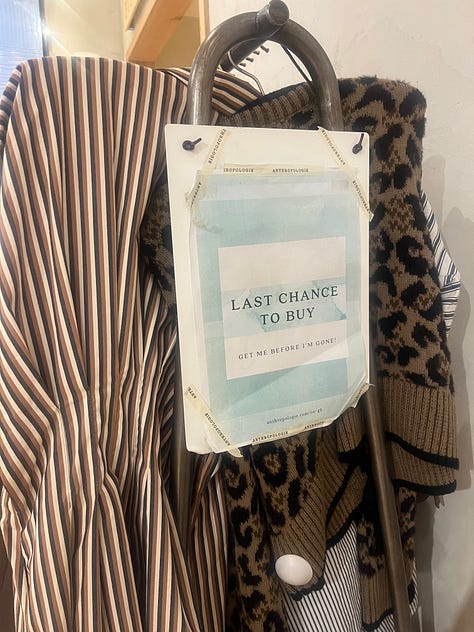
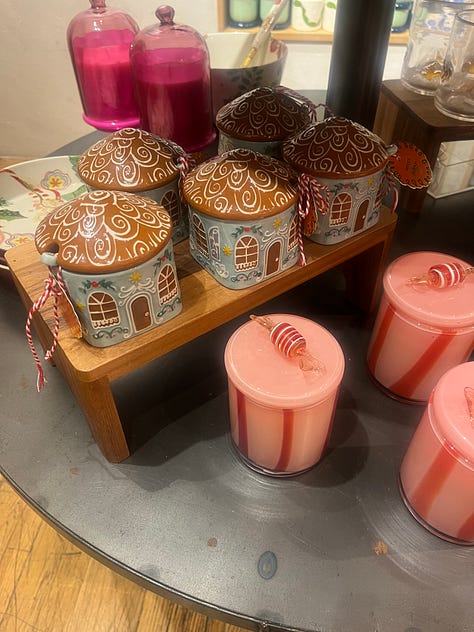
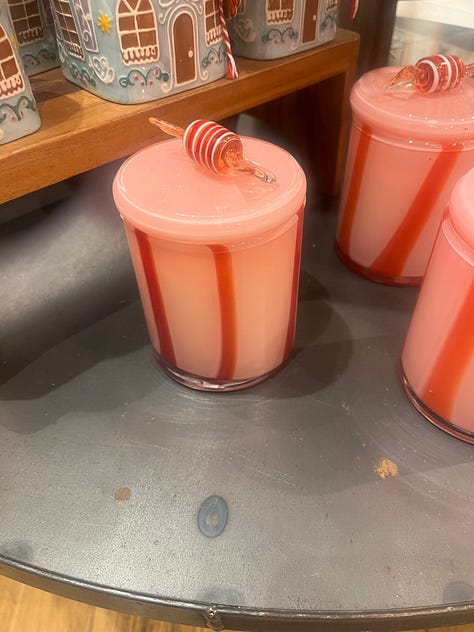
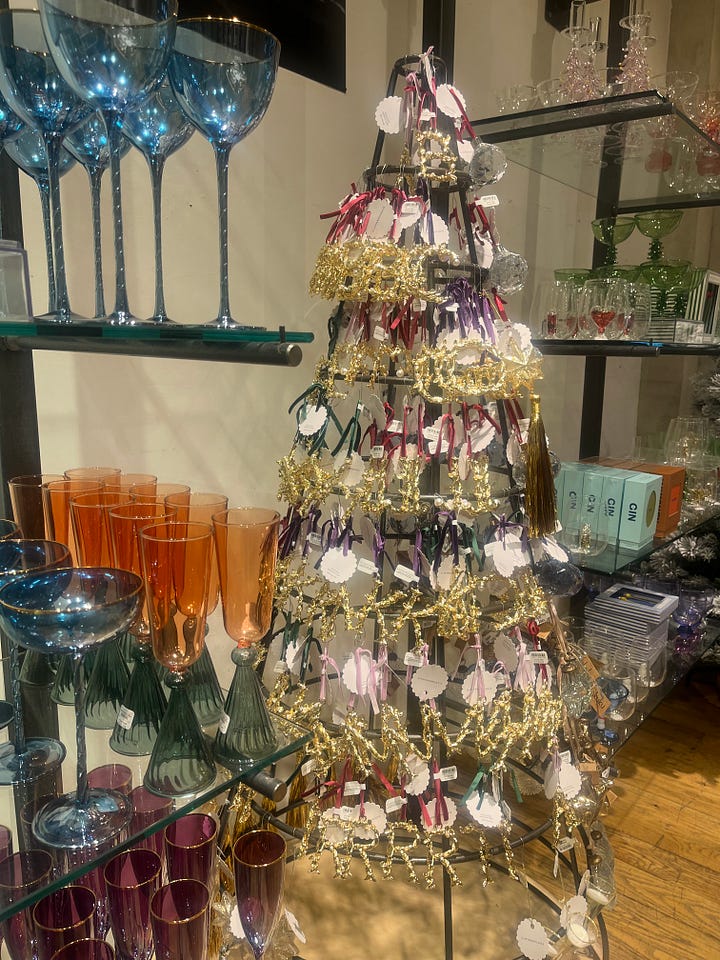
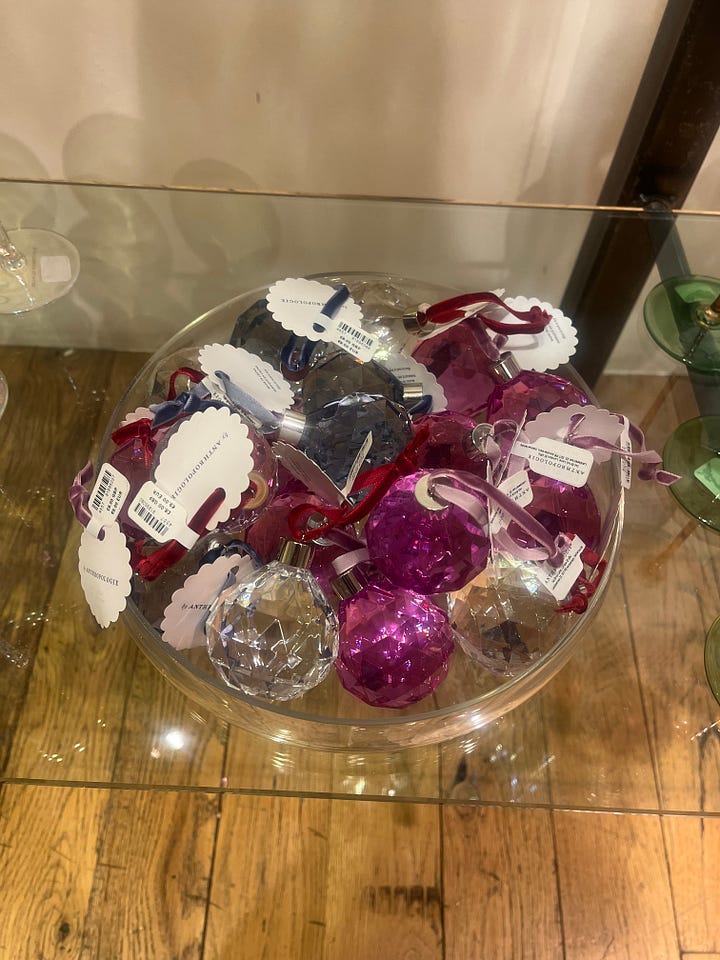
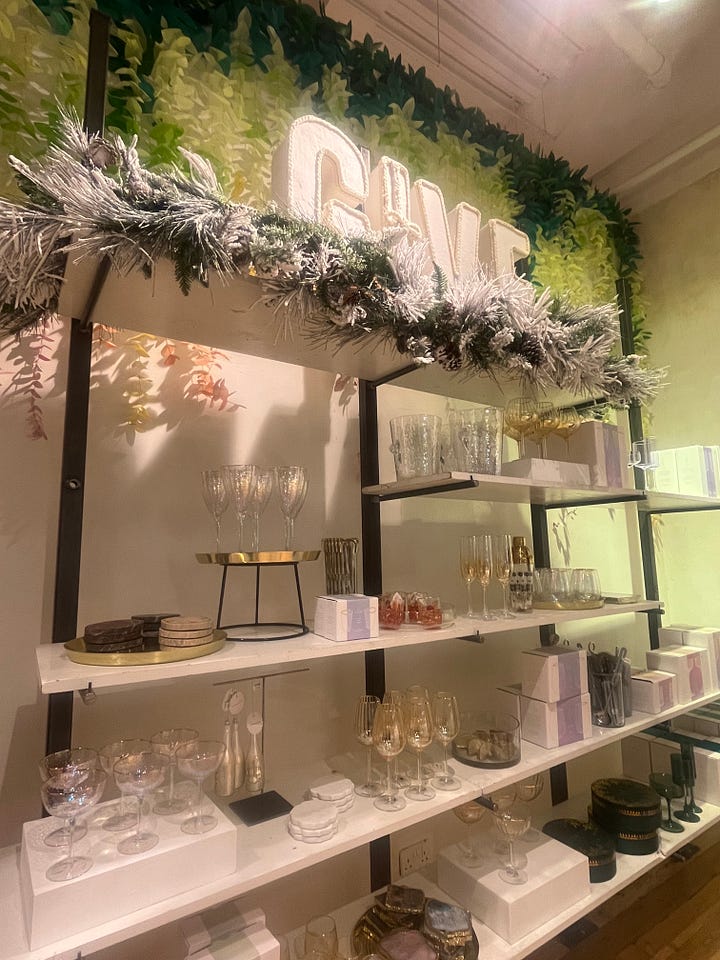
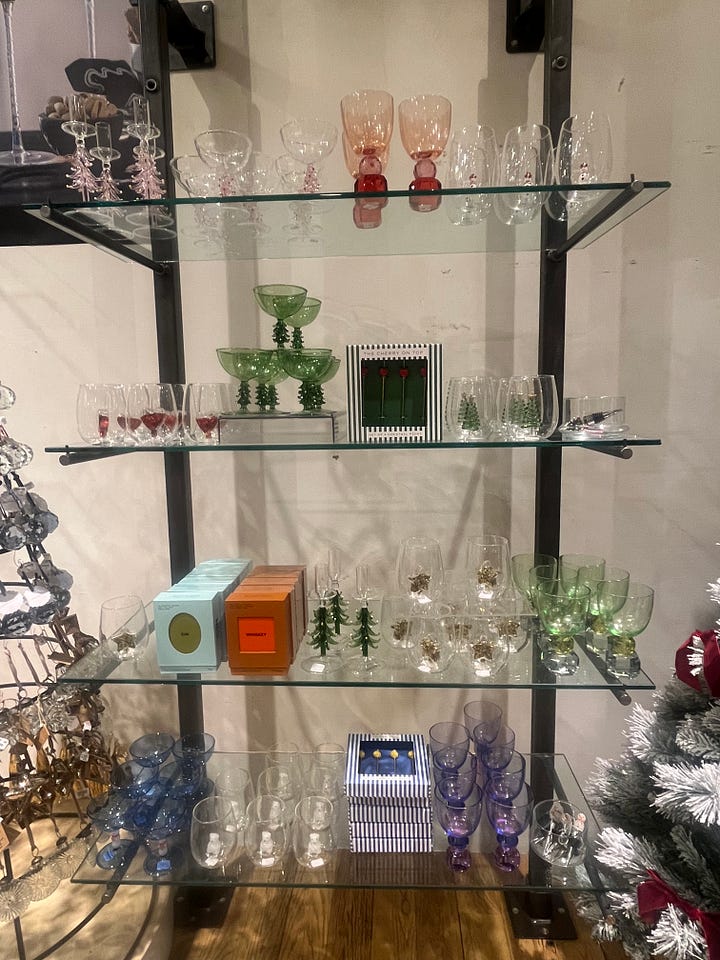
John Lewis - their beauty halls can feel intimidating, and expensive, so it’s good to see John Lewis investing in a “mini bar” where customers can browse lower-priced products and mix and match to suit their needs. There were associates on hand to answer questions if needed. I’m excited to see their rebranded Oxford Street store soon.
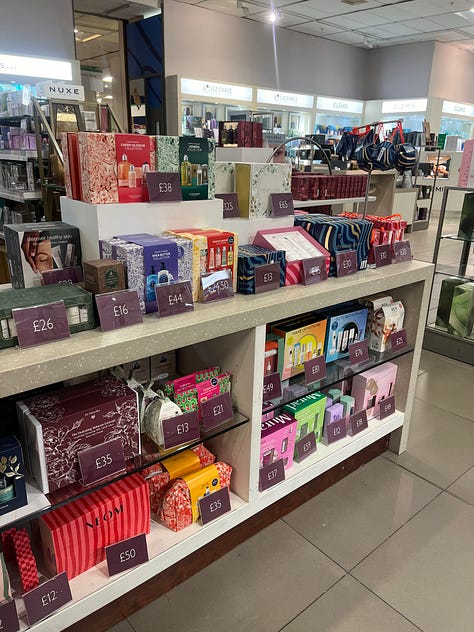
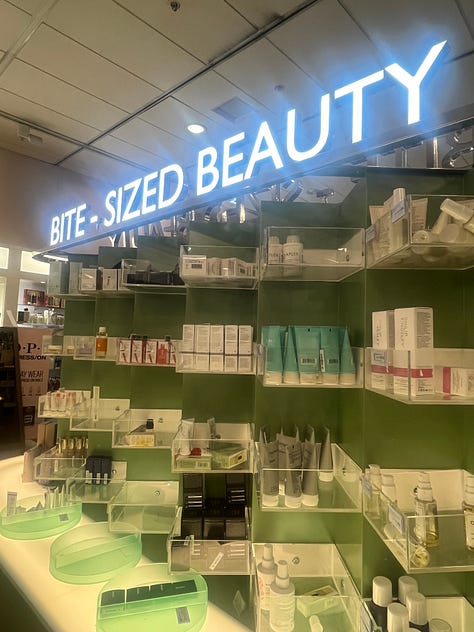
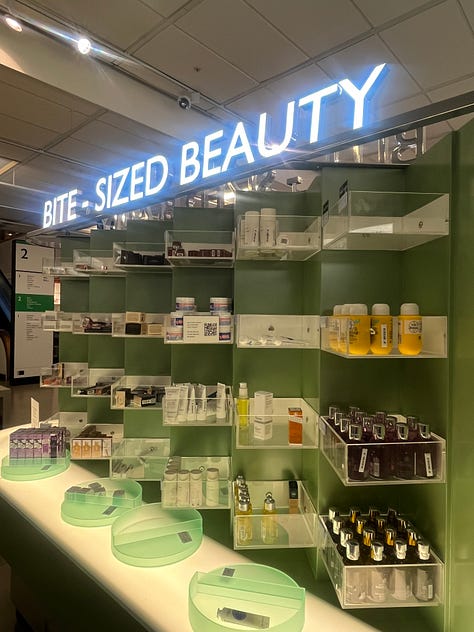
Boots - the new layout is like a mini beauty hall, with brands given their own distinct branded spaces on a shelf, making it easy for shoppers to discover new products. I also love a multi-brand mask bar because it’s the one product I grab on the way to checkout, and it's the best entry-point for most skincare brands. Stocking them all together is a discovery strategy I love (and always fall for).
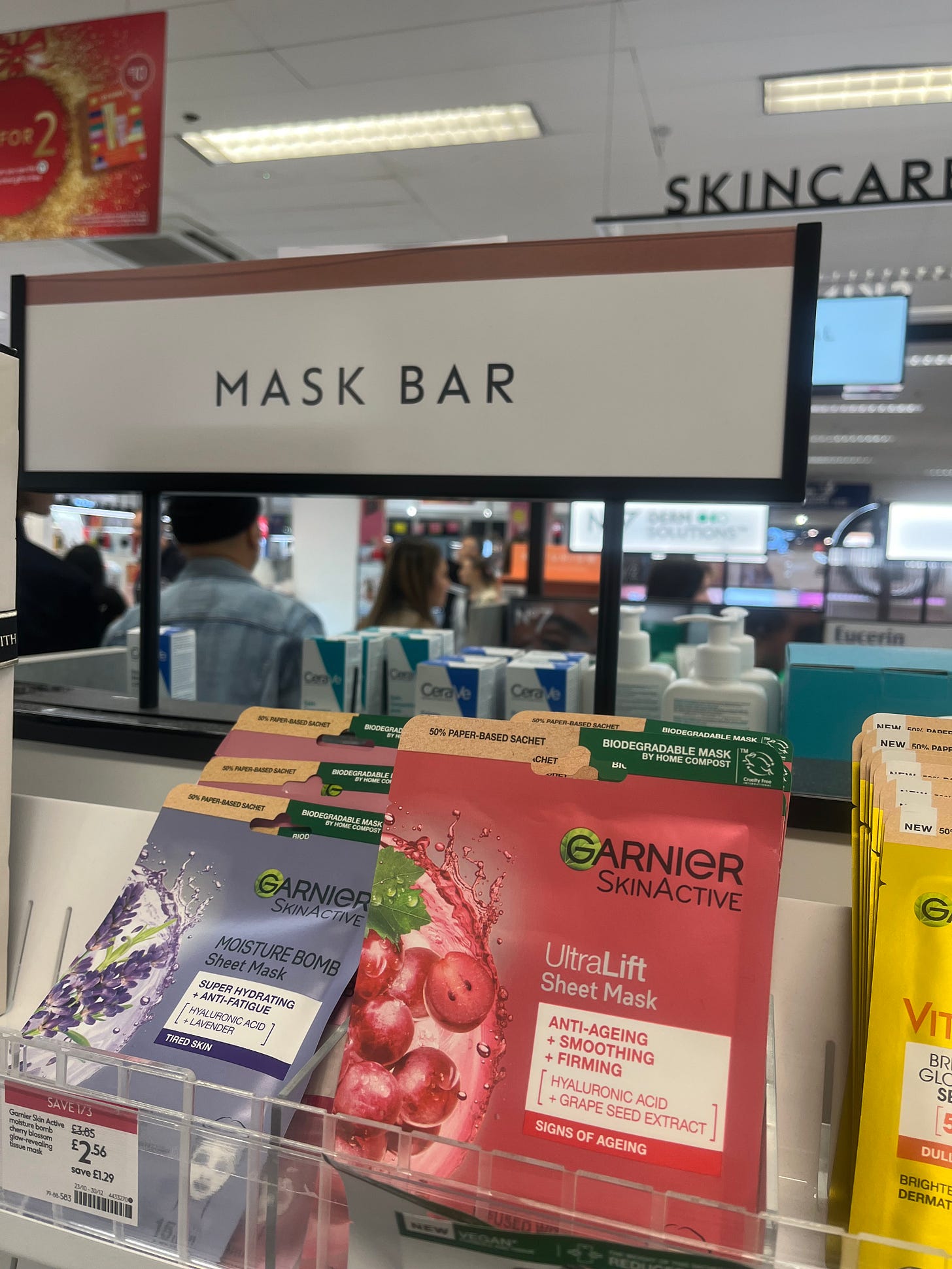
Space NK - enticing window displays that look like a sweet shop are always tempting.
TK Maxx & Homesense - build on the very idea of discovery, I challenge anyone to walk out of there without discovering a new brand/ product that doesn’t tempt them to purchase (or at least Google to find out more)
Zara - are they purposely putting their best finds outside the fitting room on racks?! I’ve recently found a few treasures on abandoned rails in various Zara locations. Whether it’s an intentional strategy or not, this is a great way to segment “hero” items, particularly in large stores.
Online
The White Company Christmas video on their homepage is the perfect example of product placement, as is their brochure. It creates a brand experience that you want to replicate.
Cult Beauty are known for their limited edition beauty edits and kits which often sell out within hours. Their current homepage is designed to facilitate product discovery: the TLC Goody Bag is a free GWP and the “New & Trending” tab makes it easy for trend-led customers to discover their latest beauty obsession.
The whole retail sector is built on the concept of “discovery”. The industry is becoming more present and more immersive, so the next time you go shopping take a closer look at the little details; it makes you a smarter shopper and might just help you find something you didn’t know you needed.
PS. Keep an eye out on my Instagram for examples of retailer discovery strategies I’ve seen out and about, and in future Substack editions for more examples with analysis. Don’t miss a thing.



